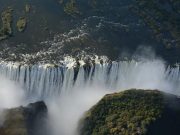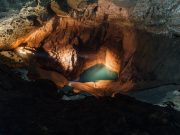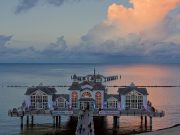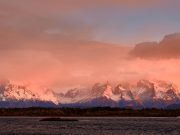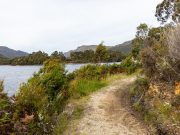In the heart of Western Europe, where rolling hills meet ancient forests and rugged coastlines embrace the vast ocean, a delicate balance exists between nature and the footsteps of those who come to admire it. The allure of these landscapes has long drawn travelers from every corner of the globe, each eager to capture a glimpse of the picturesque scenes that have inspired artists, poets, and dreamers for centuries. Yet, as the number of visitors continues to rise, so too does the impact on these cherished environments. This article delves into the multifaceted relationship between tourism and the natural landscapes of Western Europe, exploring the ways in which the influx of admirers both threatens and preserves the beauty that defines this enchanting region. Through a lens that captures the challenges and triumphs of sustainable tourism, we journey into the heart of a continent where nature and humanity strive to coexist in harmony.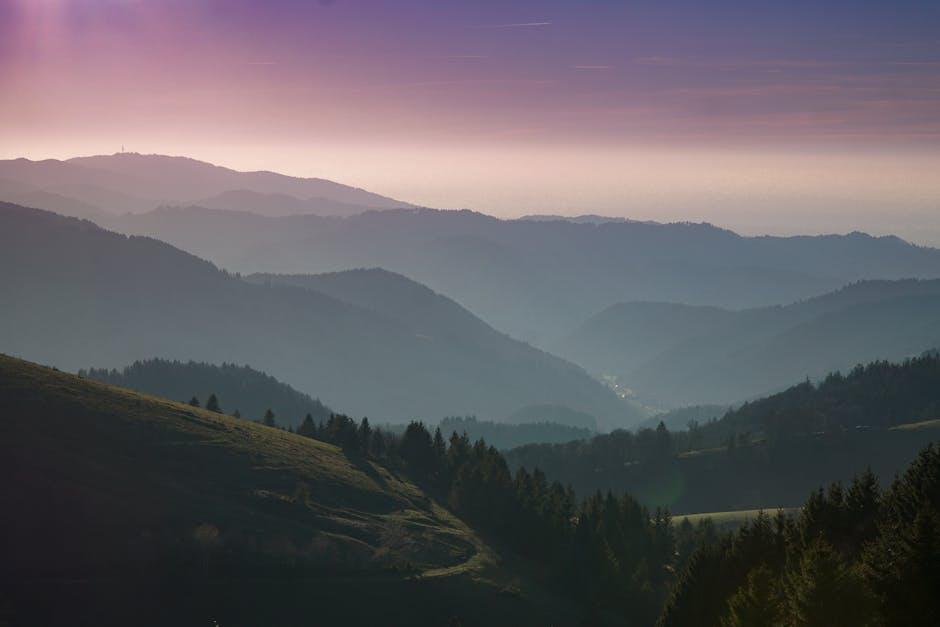
Preserving the Beauty: Challenges Faced by Western Europes Scenic Wonders
The picturesque landscapes of Western Europe, from the rugged cliffs of the Amalfi Coast to the serene lavender fields of Provence, face an array of challenges as they strive to maintain their natural beauty amidst the influx of tourists. While tourism brings economic benefits, it also poses significant threats to these fragile ecosystems. Erosion, a natural process accelerated by heavy foot traffic, is slowly altering the topography of many popular hiking trails and coastal areas. Additionally, the increasing demand for infrastructure, such as hotels and roads, often leads to habitat destruction, disrupting local wildlife and diminishing biodiversity.
Moreover, the environmental impact is compounded by the sheer volume of visitors, resulting in issues such as littering and water pollution. Many scenic spots are struggling to cope with waste management, leading to unsightly trash accumulation and potential harm to aquatic life. To combat these challenges, several regions have implemented measures such as:
- Introducing visitor caps during peak seasons
- Promoting sustainable tourism practices
- Enhancing public transportation options to reduce carbon footprints
- Encouraging eco-friendly accommodations
These efforts aim to strike a balance between welcoming tourists and safeguarding the enchanting vistas that define Western Europe.
Balancing Act: Tourism and Environmental Sustainability in Iconic Destinations
In the picturesque landscapes of Western Europe, the influx of tourists brings both opportunities and challenges. While tourism fuels local economies, it also places a strain on the delicate ecosystems that define these regions. Iconic destinations like the French Alps, the Scottish Highlands, and the Spanish coastlines attract millions of visitors each year, leading to increased pressure on natural resources. As the demand for recreational activities grows, so does the impact on biodiversity, water quality, and land integrity. Balancing the allure of these majestic sites with their preservation requires innovative strategies and sustainable practices.
Efforts to maintain this equilibrium are underway, with various stakeholders playing crucial roles:
- Local Governments: Implementing stricter regulations on tourism-related activities and promoting eco-friendly practices.
- Businesses: Investing in sustainable infrastructure and offering eco-conscious services.
- Communities: Engaging in educational programs to raise awareness about environmental conservation.
- Tourists: Adopting responsible travel habits, such as minimizing waste and respecting natural habitats.
These collective efforts aim to ensure that the splendor of Western Europe’s natural landscapes can be enjoyed by future generations without compromising their ecological integrity.
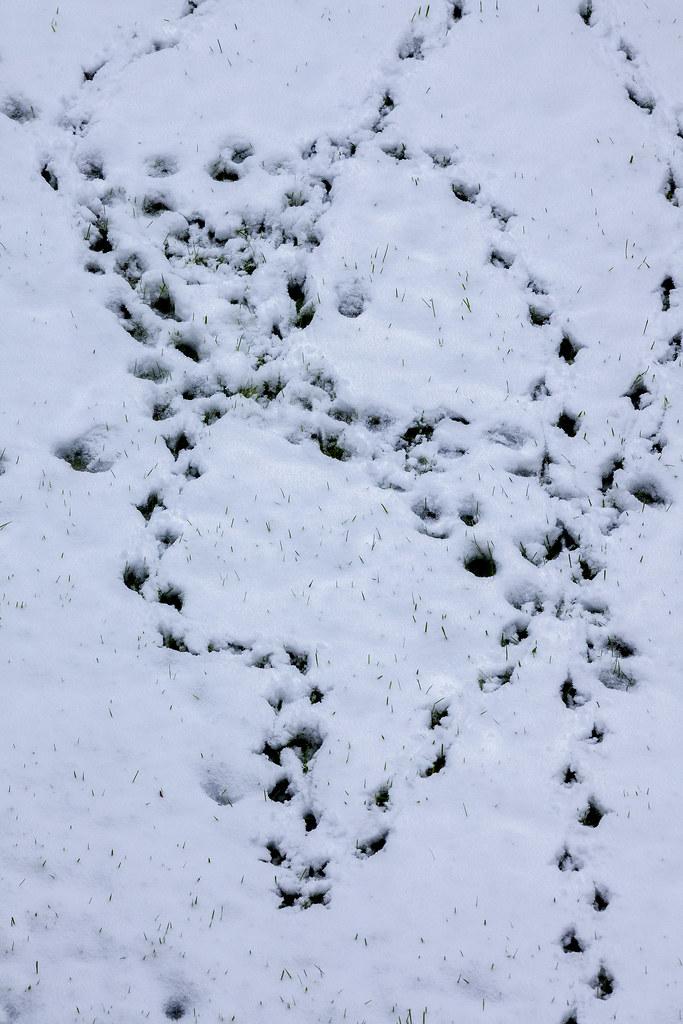
Beneath the Surface: The Subtle Effects of Visitor Footprints on Ecosystems
In the serene landscapes of Western Europe, where nature’s beauty seems untouched, the seemingly benign act of visiting can leave an indelible mark. As hikers traverse winding trails and photographers capture the majesty of pristine vistas, they may unknowingly contribute to a cascade of ecological changes. The soil, compacted by countless footsteps, loses its ability to absorb water efficiently, leading to increased erosion and altered waterways. This subtle transformation can affect the delicate balance of plant life, where only the hardiest species survive, often at the expense of diverse native flora.
- Disrupted Habitats: Wildlife accustomed to the quiet rhythm of untouched landscapes finds their routines disrupted by human presence, leading to altered feeding and breeding patterns.
- Pathways of Change: Informal trails created by off-path wanderers fragment habitats and can introduce invasive species, further stressing local ecosystems.
- Pollution by Proximity: Even seemingly innocuous actions like leaving behind biodegradable waste can lead to nutrient overload in sensitive environments.
While tourism brings cultural and economic benefits, understanding and mitigating its hidden ecological footprints is crucial to preserving the natural treasures of Western Europe for future generations.

Pathways to Harmony: Strategic Approaches for Eco-friendly Tourism
Tourism, a vital economic driver in Western Europe, often presents a paradox where its popularity can inadvertently threaten the very landscapes that attract visitors. To address this, strategic approaches that prioritize sustainability are crucial. Embracing eco-friendly tourism involves a delicate balance, where the preservation of natural landscapes is harmonized with the influx of visitors. Innovative strategies are emerging to protect these precious environments, ensuring that tourism not only sustains but enhances the ecological richness of the region.
Key approaches to achieving this harmony include:
- Promoting Local Culture and Heritage: Encouraging tourists to engage with local traditions and support community-based tourism initiatives can reduce environmental pressures while fostering cultural exchange.
- Implementing Green Infrastructure: Developing eco-friendly facilities such as solar-powered accommodations and waste management systems can significantly reduce the carbon footprint of tourism activities.
- Encouraging Off-Season Travel: By incentivizing travel during less popular times of the year, destinations can alleviate the strain on natural resources and spread the economic benefits more evenly.
- Educating Tourists: Providing information on sustainable practices and the importance of conservation helps visitors make informed decisions that benefit both the environment and local communities.
By integrating these strategies, Western Europe can pave the way towards a future where tourism and environmental stewardship go hand in hand, ensuring that natural landscapes remain vibrant and resilient for generations to come.
In Conclusion
As we conclude our exploration of the intricate dance between tourism and the natural landscapes of Western Europe, it becomes clear that this relationship is both a testament to human curiosity and a call to stewardship. The rolling hills, majestic cliffs, and serene forests stand as both witnesses to history and harbingers of the future. They invite us to marvel at their beauty while urging us to tread lightly upon their ancient paths. As travelers, policymakers, and residents alike, we hold the delicate balance of preservation and progress in our hands. It is our collective responsibility to ensure that the allure of these landscapes endures for generations yet to come, inviting them to wander, wonder, and cherish the vibrant tapestry of Western Europe’s natural heritage. Let us journey forward with mindful hearts and a shared vision, ensuring that the footprints we leave behind are gentle and the stories we create are ones of harmony and respect.





